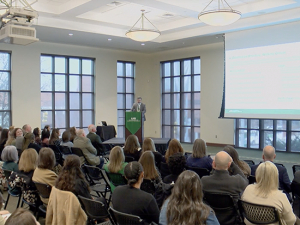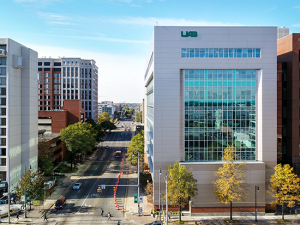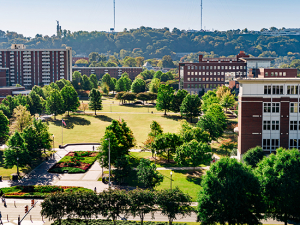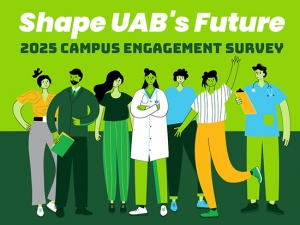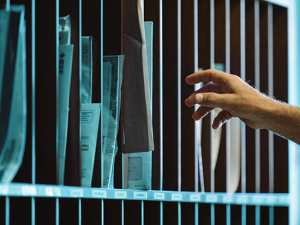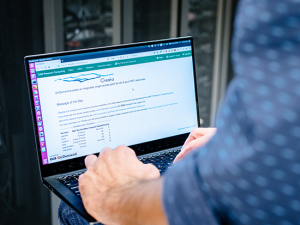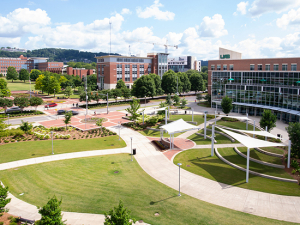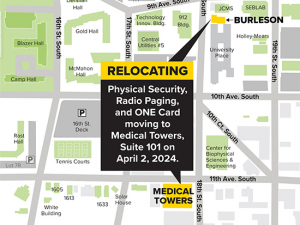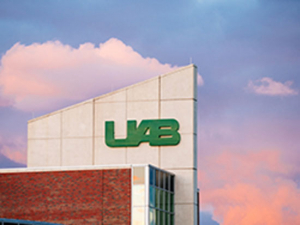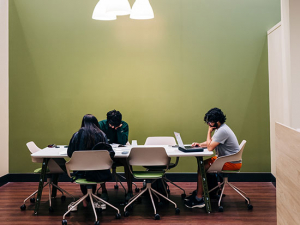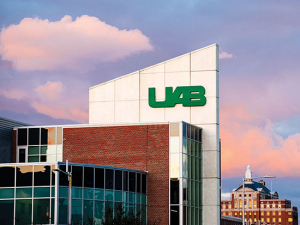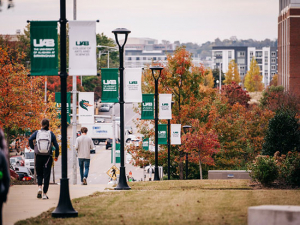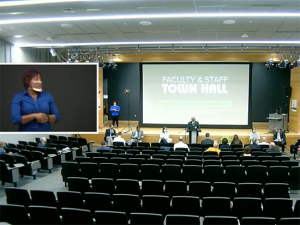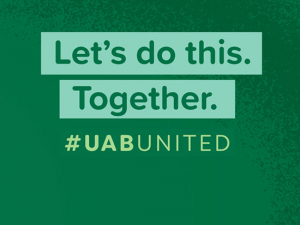 Professor Mike Wyss, Ph.D., director of Center for Community Outreach Development, also is Chair of the Faculty. He wrote this for the UAB Reporter.
Professor Mike Wyss, Ph.D., director of Center for Community Outreach Development, also is Chair of the Faculty. He wrote this for the UAB Reporter.
When I arrived nearly 40 years ago, UAB was young and active, having just started up as a university a decade before my arrival. Already UAB was viewed as a top up-and-coming university by the national media, largely based on its culture of collaboration that was considered a major factor in moving it up rapidly in its research excellence and funding.
While much of UAB’s early prominence was based on its biomedical research and clinical excellence, UAB also had a burgeoning “west end” campus that was moving well beyond commuter campus status and into being an important part of a major university. As UAB grew, the collaborative culture continued among all stakeholders, with administration, faculty, staff and students interacting together and growing all aspects of the enterprise. This continued to blossom in the 1990s as UAB matured into a campus that was recognized for its excellence in many areas of arts and science.
I recall a front-page, above-the-fold article in the St. Petersburg Times in 1995 proclaiming that UAB was the perfect model that the University of South Florida needed to emulate, if USF was to reach greatness as a university. UAB’s interdisciplinary and collaborative culture was cited as the cornerstone of its success. While the spirit of collaboration has waxed and waned at UAB over the past 20 years, due to financial challenges and occasionally parochial leaders and faculty, the core value is still prized among nearly all of the UAB family.
| “UAB’s research and education growth has been phenomenal... While this is excellent progress for a relatively young university, there are challenges that we will face as we continue to transform into a top international university.“ |
UAB has grown up during a time of great change in academics. The top universities of the 20th century had largely continued prizing their multiple silos, in which excellence was maintained in each silo, but there was often little crosstalk between disciplines, or for that matter between individuals within disciplines. By the beginning of the 21st century, it was becoming clear that the future for universities lay in breaking down walls that divided departments and individuals, because future “disruptive breakthroughs” would be largely based on interdisciplinary team efforts.
Shared governance was an important undergirding to keep collaborative, “team education, research and service” developing, and the faculty senate and its various committees have worked to make collaboration among all groups more effective and efficient.
| Mayer highlights faculty senate progress during the 2016-17 academic year |
UAB’s research and education growth has been phenomenal, growing to 20,000 students in the 2017-18 school year and top 10 status in research funding among public universities. While this is excellent progress for a relatively young university, there are challenges that we will face as we continue to transform into a top international university.
One challenge is an overemphasis on money. In financially challenging times and even at other times, schools have occasionally emphasized revenue over the missions of the unit/institution. Overall, UAB has stressed quality and mission. As faculty, we need to keep emphasizing those foci, while clearly recognizing that we need funding to accomplish our missions.
The university’s new Responsibility Centered Management (RCM) financial model soon will be introduced via a 12-month shadowing paradigm. During the next 12 months, with input from all faculty members, the faculty senate will consider the RCM implementation to help ensure that the model is optimally tuned to support UAB's multiple missions and evolving excellence.
Other senate priorities for the coming academic year include a continued discussion of faculty feedback to administrators and how that feedback (e.g., the IDEA survey data) will be used to enhance administrative excellence.
| The next meeting of the UAB Faculty Senate is 7:30 a.m. Sept. 12 in Volker Hall Room 302. All are welcome to attend. |
Further, the senate will consider several proposed policies that affect the UAB community, UAB’s curricula and how best to integrate best practices and a growing online presence and the optimization of the research and teaching infrastructure. Progress in these areas will allow UAB to move dynamically forward.
